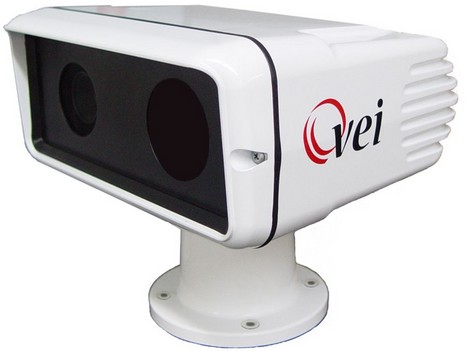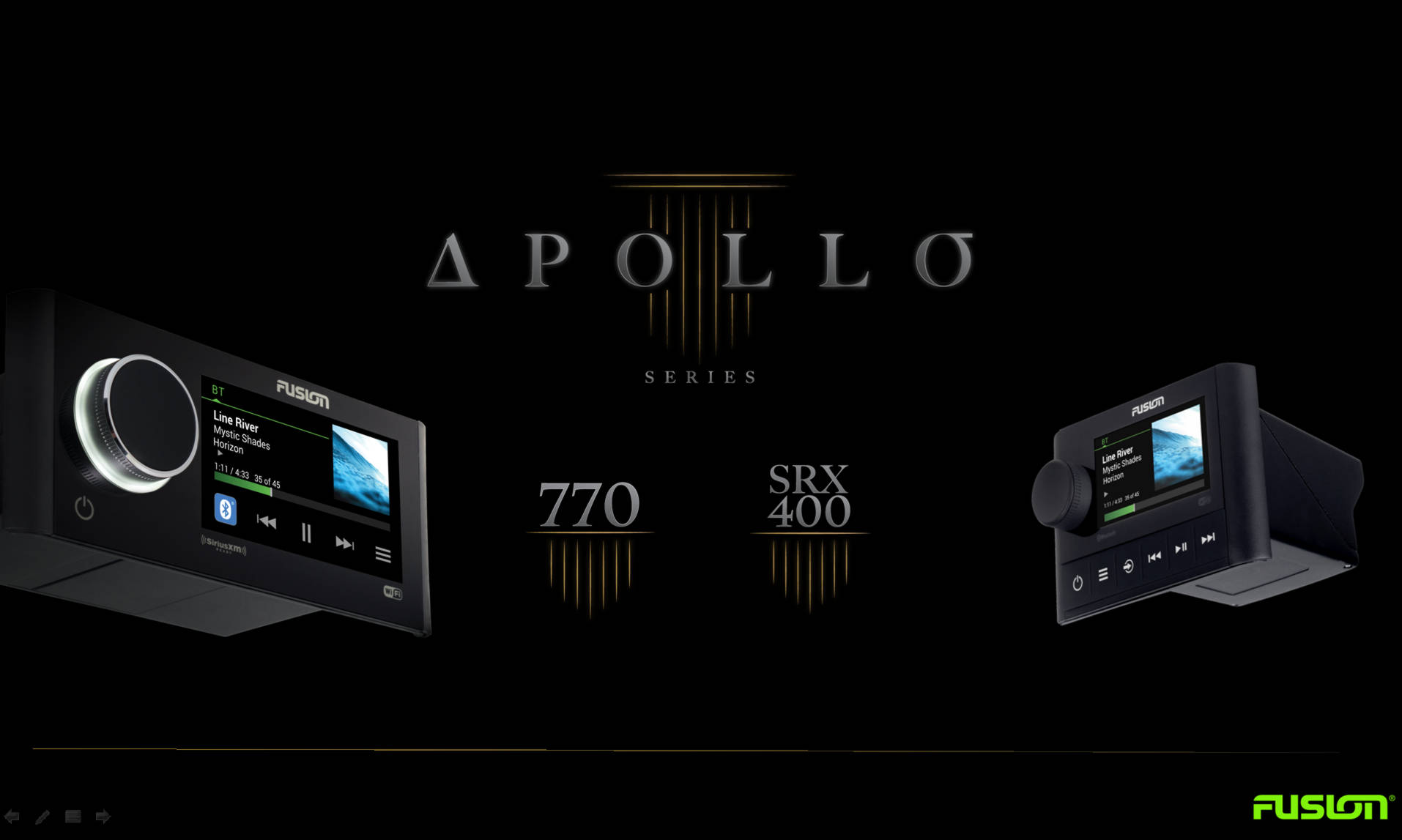VEI & NVTI, “economy” thermal vision

A major press event in Miami was FLIR’s on water demo of its neat new mid-priced M-Series dual camera system, which I’ll cover soon. But first I’ll discuss the recent efforts of two FLIR competitors to make enhanced vision more “affordable”. Above is VEI’s OceanView Apollo II, which features a 320 x 240 pixel thermal camera and a 570 line “ultra low light” cam (0.00015 Lux!). The zoom is only 2x digital, but it tilts (internally) 26 degrees, pans 360 continuous, and comes with a controller that has a 4 line LCD to help with initial aiming and set up menus. It retails for $12,995, which is pretty darn reasonable for thermal vision, but…
But $12,995 is huge money for many boaters who would like to see better at night. So I was interested to learn that the NVTI—which, like VEI, also makes high end multi-sensor rigs—has the $3,000 NV1010 below. The trick, of course, is that it omits the most expensive part, the thermal imager. But its low light imager seems to have the same “ultra” specs as VEI’s and I’ve seen a similar camera do wonders on a dark and confusing Intercoastal Waterway. However, when there’s little ambient light, or if what you really want to see is temperature differences (man overboard!), you can’t beat thermal.
Notice, by the way, the similarities between the casings, which are 8” high with a “swept volume” 12” in diameter. I think they’re sourced from ACR, or at least from the same source ACR uses for its RCL-100 searchlights. That’s not a bad thing, and means you could sport a pair of such casings.














The Apollo II will have 2x-4x zoom in a few weeks.
The Apollo II is the most unique of its kind in the world. It has a thermal camera and a low-light camera built into one unit. Both camera images can be shown on two separate screens simultaneously or on one multi function display. The unit has pan, tilt and zoom and has an on-screen camera position indicator as well as a home button. It also features a choice of 6 different on-screen color pallets for the thermal camera. It has an easy to use LCD controller that is an industry first. Ethernet connections make installation simple and IP accessibility complete the package. The Apollo II has a retail price of $12,995.